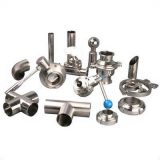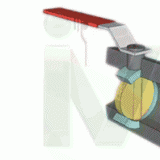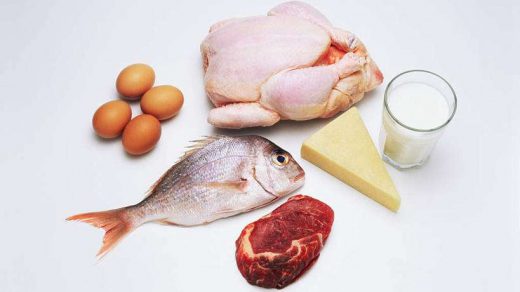Valve being a controlling and regulating device has many uses in almost all industrial fields and also in human life. Different valves are used to solve different purposes.
Valves are classified on the basis of how they are actuated like hydraulic, manual, pneumatic or motor, etc. Generally, valves vary according to their size, function, and applicability. The size typically ranges in between 0.1 mm to 60 mm. However, there are some special valves which are also quite large in size. Some valves are purely manual and are operated by handles, pedals or lever attached to it. Some are also available with automated control feature empowered in it and are driven by changes in pressure, temperature and flow of substances.

In many industries, purity commands top priority. For these types of industries, sterile valves are also available for operation to the highest requirements for purity with maximum efficiency: Their bodies are CIP and SIP capable. Valves with this unbeatable feature are used to avoid contamination by bacteria. These are mostly used in food processing industries, pharmaceutical sectors, and other food, dairy, beverage and cosmetic sectors also.
Sanitary valves are also having various ranges like a sanitary butterfly valve, sanitary ball valve, sanitary diaphragm valves, and sanitary check valve, sanitary diverts valves, etc.
Discussing the technical know-how, a typical valve consists of broadly two components in it: The body and the Bonnet. The body is the outer casing contains all the internal parts in it; however, bonnet acts as a cover on the valve body. During the process of manufacture of the valve, all the internal components are put into the body and then the bonnet is attached to hold everything together inside. Another part is the port. Ports are passages that allow fluid to pass through the valve and thus the process goes on.
This sanitary shutoff as well as diverts valve is well applied to stainless steel pipe systems for food, beverage, dairy, brewing, pharmaceutical, biopharmaceutical, and chemical industries.
Sanitary check valves are different from others as it works automatically and most are not controlled by any external control. There is an important concept in check valves, it is, the cracking pressure. The check valve is designed for and can be specified for a specific cracking pressure. A check valve opens when the pressure below the valve plug exceeds the pressure above the valve plug. The valve close when pressure equalization has been achieved. These all valves are easy to fit and cause you less cost of maintenance.





Recent Comments